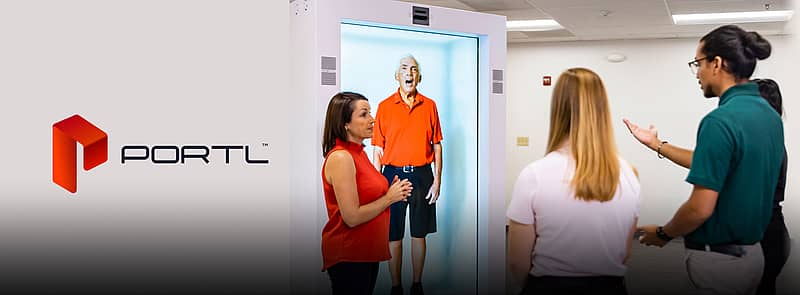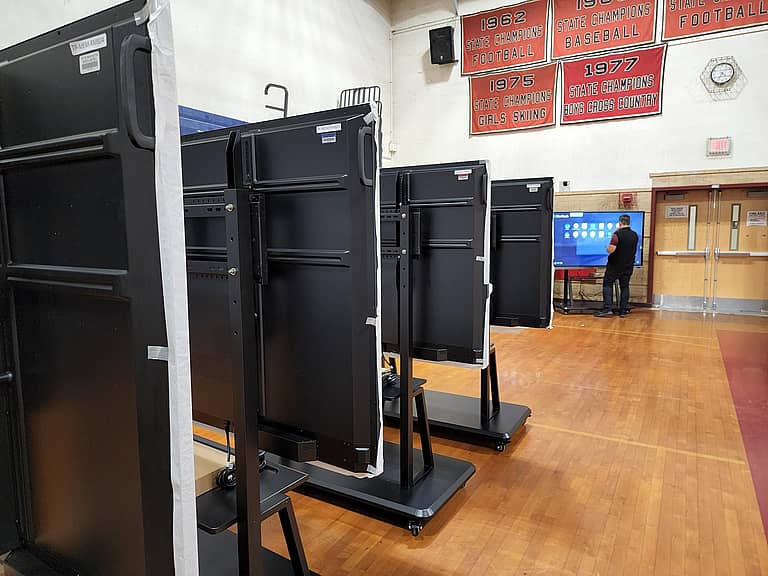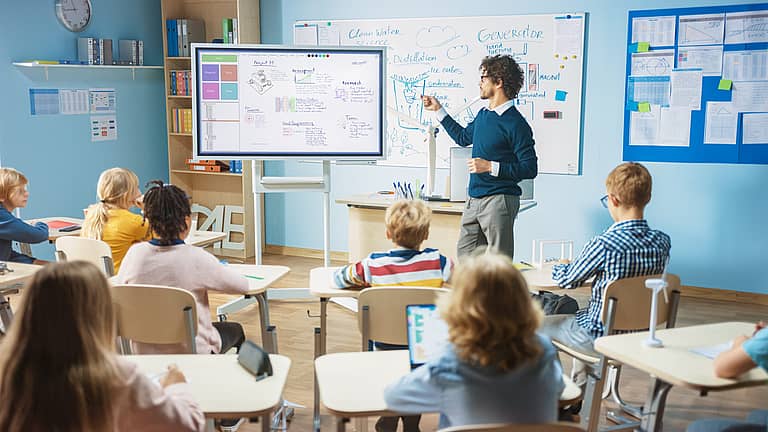Education has been forever changed by the effects of the pandemic. Schools and universities have been forced to re-evaluate instructional techniques and tools to bridge the gaps that remote learning and teaching have made apparent. At the University of Central Florida in Orlando, this was what prompted the College of Health Professions and Sciences to bring hologram technology to their institution.
This lifelike technology allows the user to ‘beam’ in participants at another location in real-time or as a recording. The seven-foot tall, 4K, self-contained unit, created and produced by PORTL, Inc., can work in any lighting condition including daylight and is the next best thing to actual face to face interaction. It offers a unique opportunity to provide more engaging and realistic content when in-person patient interaction is not feasible.
Starting this fall, the hologram tech will be integrated into the areas of speech-language pathology, physical therapy, athletic training, and clinical social work at UCF. Previously, students had to rely on pictures and videos, but this new technology simulates the real-world experience that students will eventually have with patients, allowing them to see the whole person to identify non-verbal cues that may not come across in other forms of media. It also eliminates risk in that patients are not exposed to students who may be sick.
In addition to simulated learning experiences, UCF also has plans utilize the hologram tech to expand its clinical practices to rural areas and to host virtual case studies with doctors and patients from around the world.




